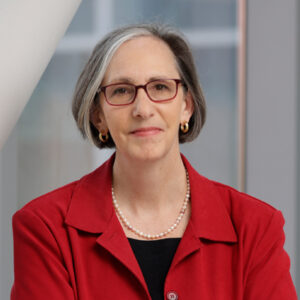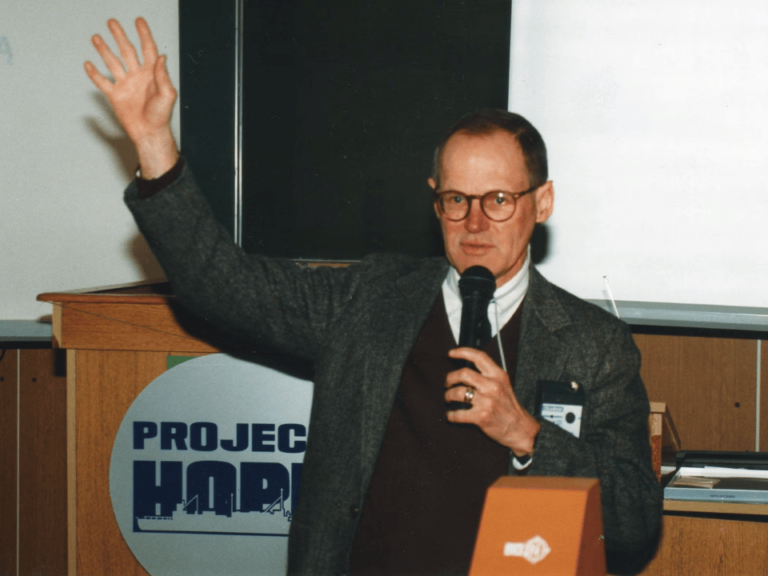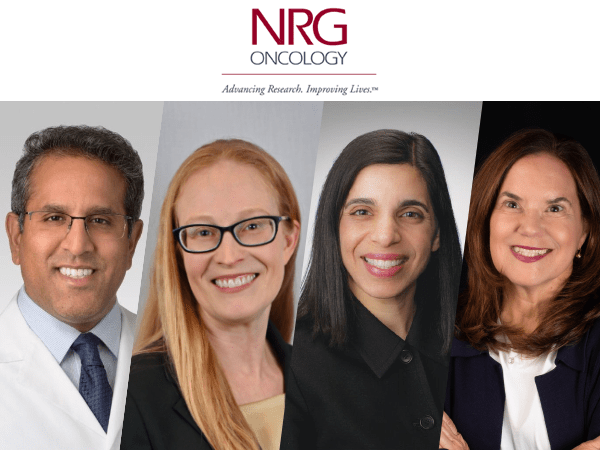Dear Colleagues,
One thing that we can count on is that cancer doesn’t stand still and wait for us to figure it out. It changes. It changes in what we see in our patients’ scans, in their experience with cancer, and in how our treatments work over time. On a global scale, the patterns of disease, the demographics of affected patients, and the features of response to treatment also change.
This doesn’t happen randomly. We humans change our habits. We alter the ways we recognize and define illness, and our environment changes. As cancer specialists, we have to constantly be on the lookout, alert for trends as they emerge—because they might impact the way we best deliver advice or care, or because trends may inform us about specific influences that drive cancers.
If your institution has a site license, log in with IP-login or register for a sponsored account.*
*Not all site licenses are enrolled in sponsored accounts.
Login Subscribe










